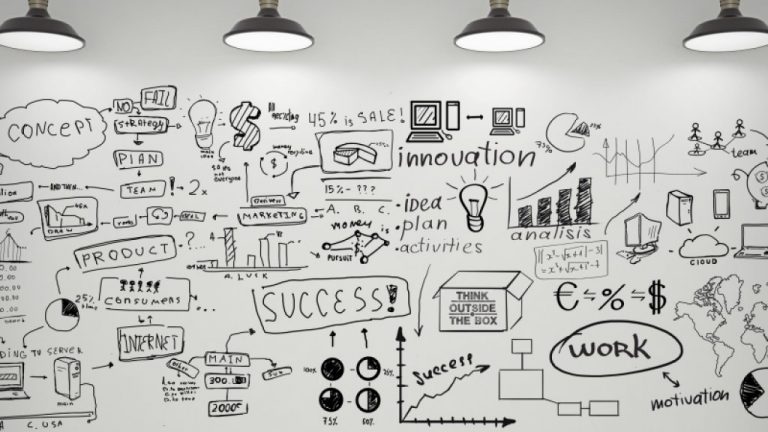Automation is the process of making jobs, typically performed by humans, to be done by machines and computers. Nowadays it is common for machines to be used in a multitude of industries and sectors for numerous tasks to reduce labour costs and human error. These tools have become extremely prominent in today’s society without even realizing it.
Today, automation is correlated with the invention of advanced manufacturing and artificial intelligence – however, it started long before that. Jobs once done by humans are now performed by machines and are seen nearly everywhere. It begs the question, what is the history of automation? How did automation evolve?
Early History
The timeline of automation is extremely unclear. The idea of machine-work can be traced back to prehistoric times. Some consider the idea of cave people using stone tools the start of automation – as stone tools allowed for cave people to use an external force to do work that could be done through manual labor. Although stone tools could be considered a contributing factor, the first appearance of the word ‘automation’ occurred in Homer’s Iliad.
In 700 BC Homer wrote about the “gates of heaven that opened and closed automatically to admit the gods’ chariots … and the crew of golden female androids endowed with artificial intelligence to anticipate Hephaestus’s every need.” Hephaetus created this idea was that these forms of automation or, ‘robots’, would replace the mundane work of the Gods. We can date the concept of automation back to ancient times, whether it be cave people or Greek gods. Yet, the true implementation of automation is rather contemporary.

First Real Evidence
Automation as we know it was not fully put into existence until the first industrial revolution, starting in 1760. Manufacturing started the transition to more automated processes through steam-powered engines and more. These machines reduced labor costs and human error drastically. The demand for products increased, as manufacturers could supply more. Before steam-powered engines, there were machines like windmills and water wheels that produced power without requiring human labor, which was another form of automation. The expansion of railroads also had a major impact on automation around 1870. Humans form of transportation evolved and made safer and more reliable.

Automated assembly lines and phone switchboards were invented shortly after this – evolving human communication methods and automation as a whole. The calls we make so effortlessly today originated through Alexander Graham Bell’s invention of the telephone in 1876. Telephones at the time allowed for users to connect one line at a time – which became a problem. Switchboards and switchboard operators were introduced to connect users to their desired recipient. As telephones became more and more popular, the demand for automated switchboard operators increased drastically. With any new invention, whether it be engines, railroads, or phones, there becomes a point where we must evolve what we have created. Just like switchboards and their operators were not sustainable, so they became automated.
Evolution
More recently, computers have had a major influence on automation. The idea of them was introduced by ‘The Analytical Engine’ built by Charles Babbage in 1837. His invention was the blueprint for the simple computer. Alan Turing is also known for creating the foundation for modern computers in 1936. It is not completely clear when the first computer was truly made, however, we can conclude the first digital computer was constructed in 1946 by J. Presper Eckert and John Mauchly. That same year, the term ‘automation’ was coined in the automobile industry. Since then, the growth of automation has evolved exponentially.
Automation Today
What does automation look like today? Organizations around the globe are investing in automation and advanced technology to replicate human labor. There has been a shift to intelligent automation to redesign the workforce. More than 90% of C-level executives using intelligent automation say their organization performs above average in managing organizational change in response to emerging business trends.
Although the timeline is not exact, we can see significant developments throughout history which have contributed to the growth and expansion of automation. Simple inventions have been building blocks to large-scale innovations which have allowed automation to grow and flourish today. Automation has redefined the workforce and our social lives. Read more about automation’s effects on the job market here.




